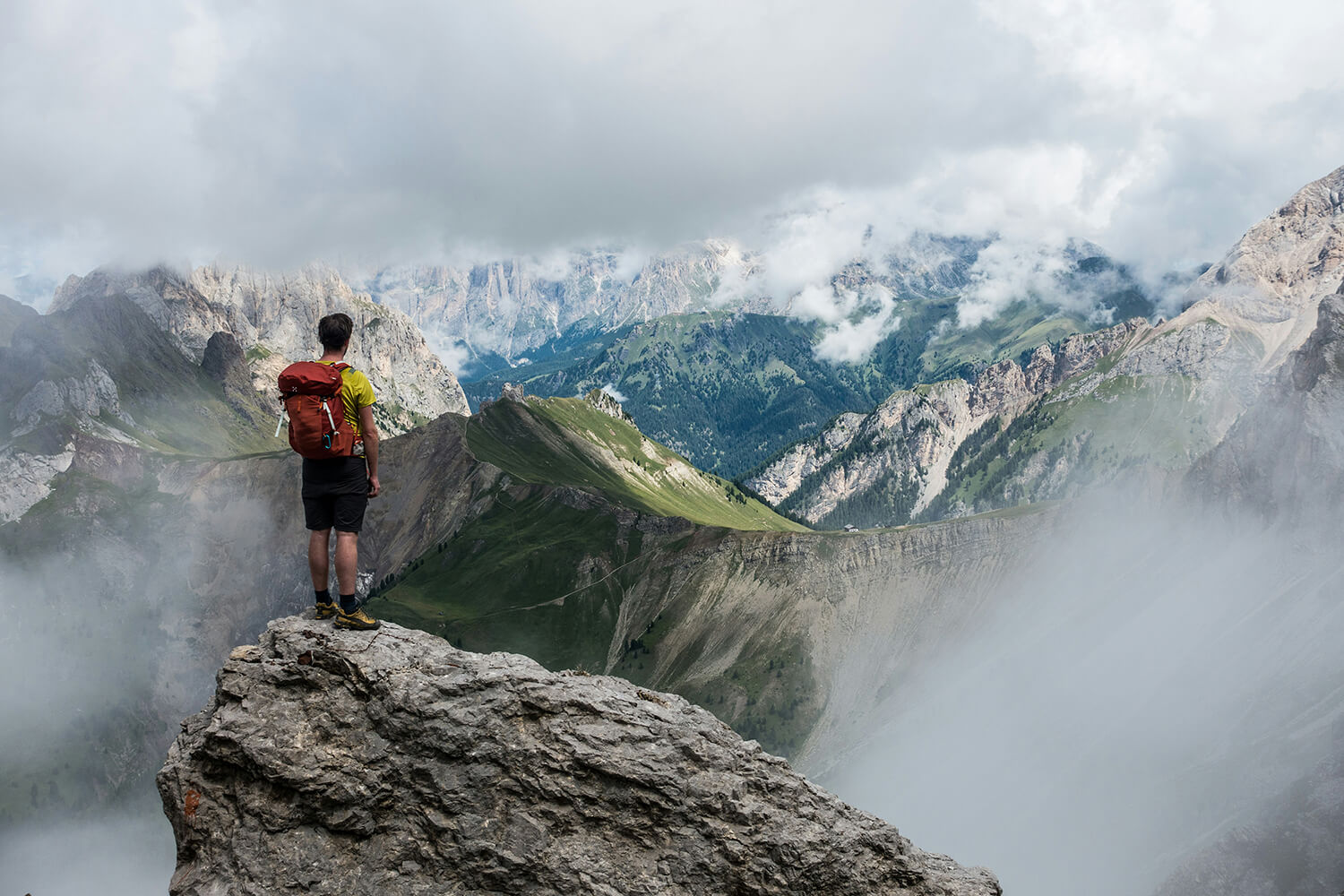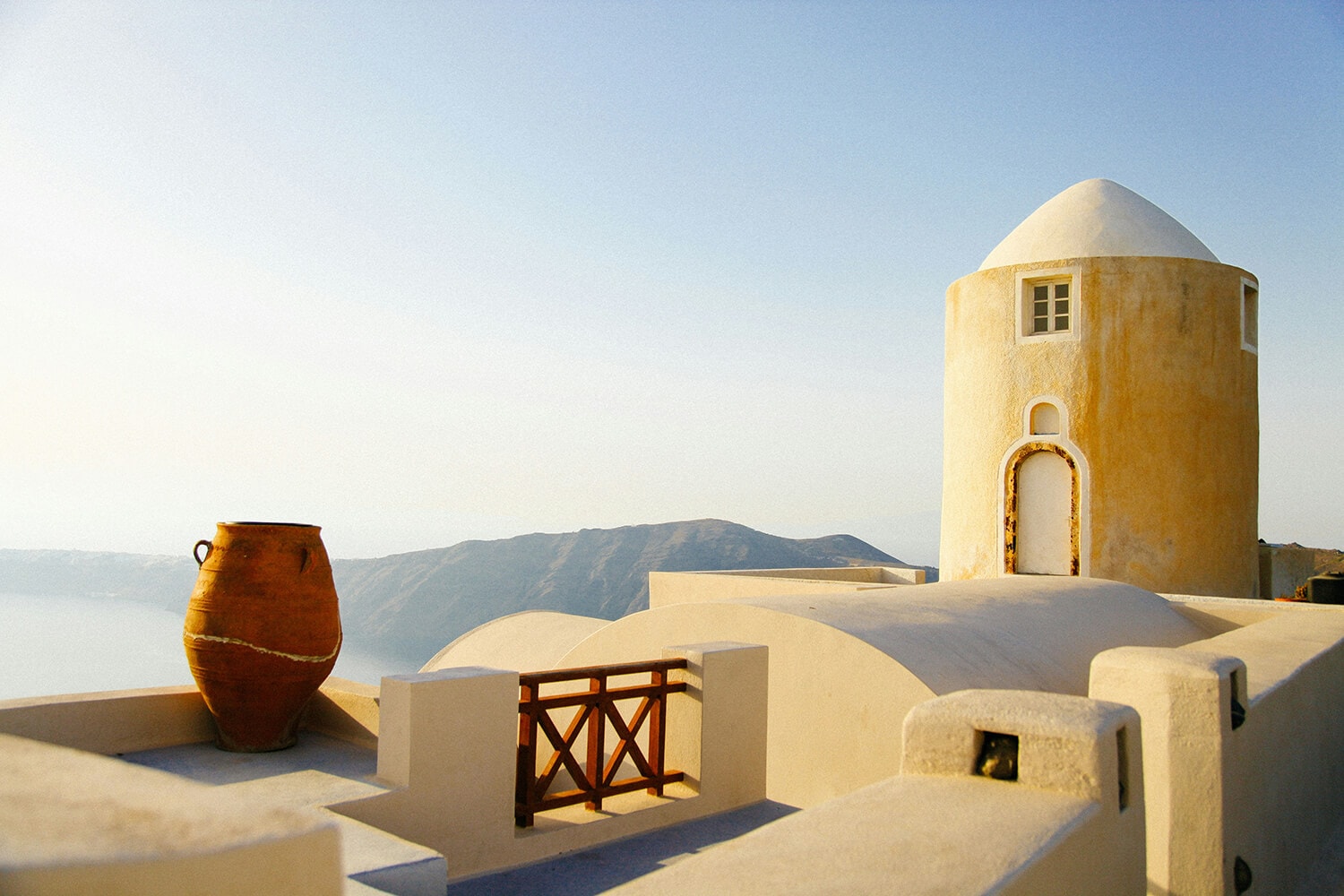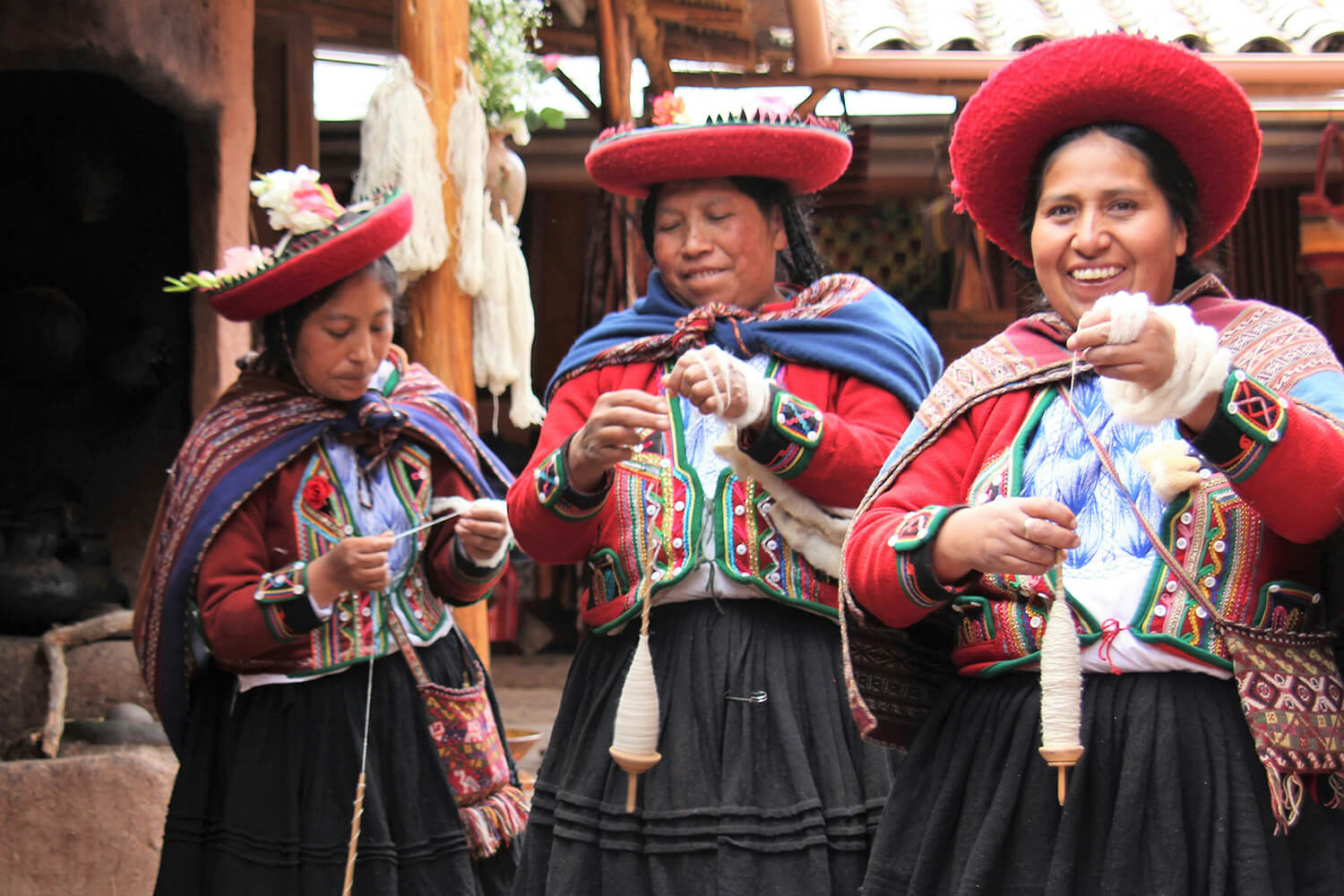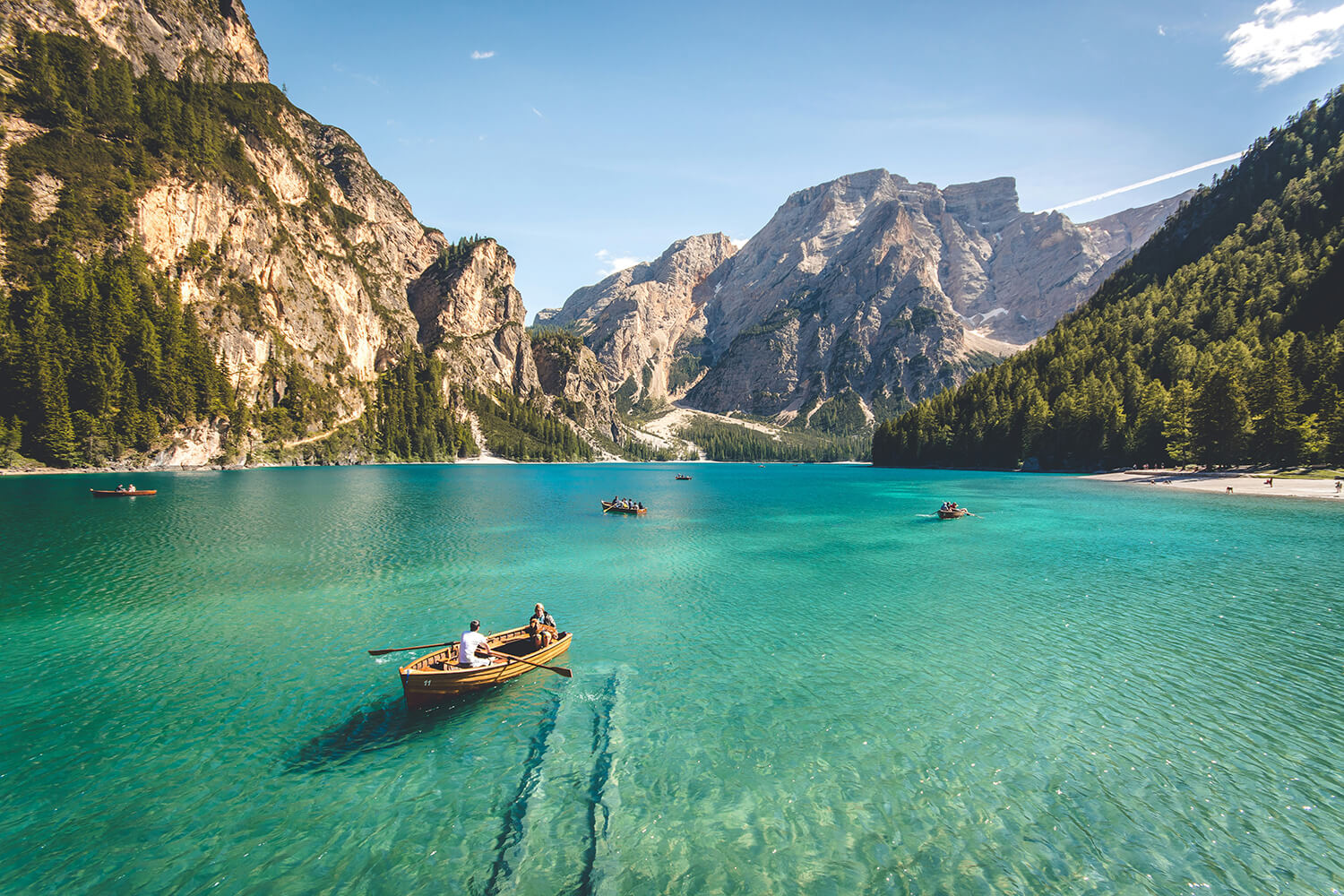7 Critical Gear Categories for Offroad Desert Motorcycle Touring in the US Southwest
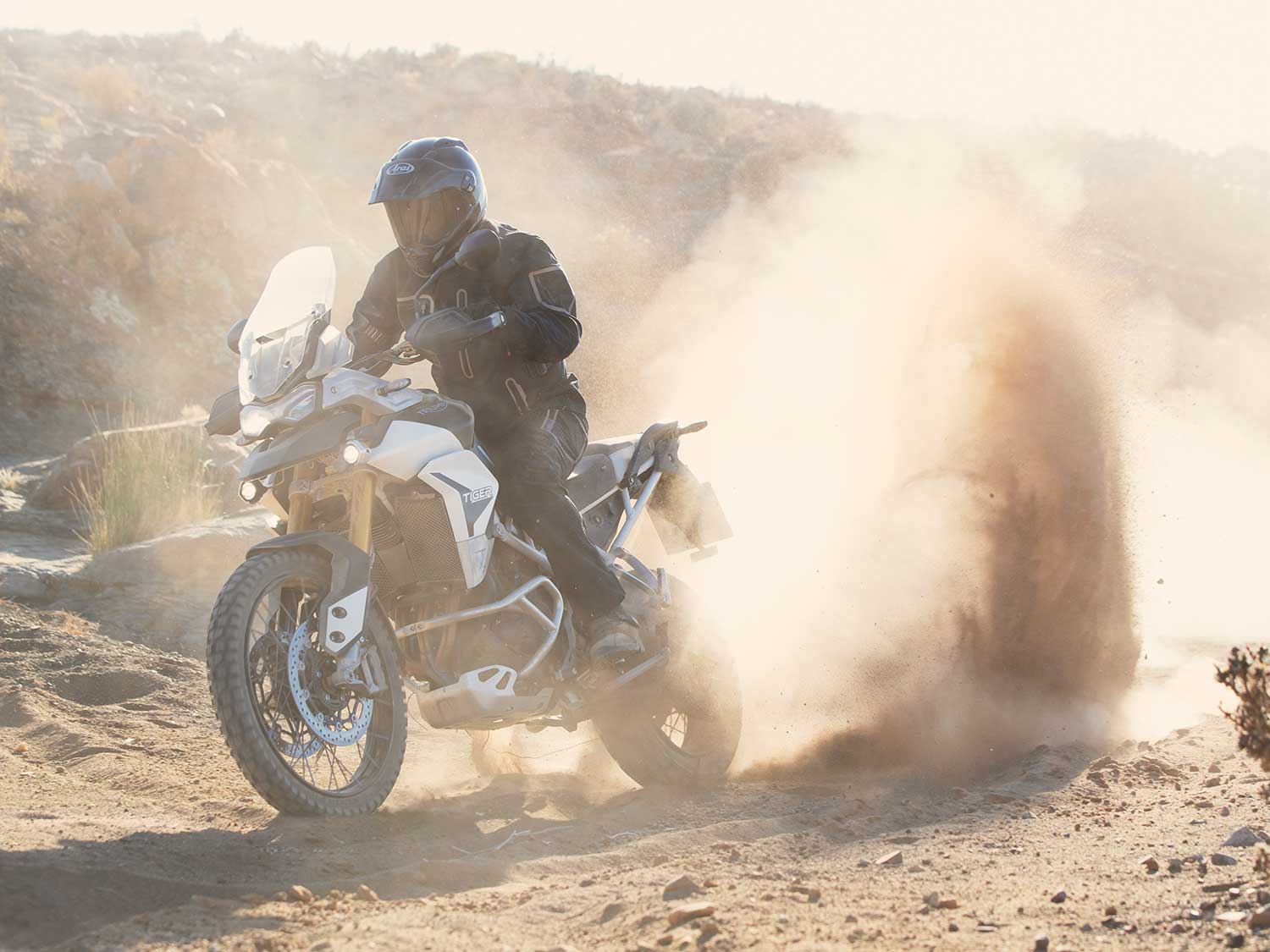
Desert motorcycle touring strips away every safety net between you and the elements. When you're navigating remote BLM trails through Arizona's Sonoran Desert or crossing Nevada's Black Rock Desert playa, equipment failures can transform adventure into survival scenarios within hours.
The American Southwest offers over 85,000 acres of designated riding areas like Ocotillo Wells SVRA and countless unmarked routes through Bureau of Land Management lands. These harsh environments demand specialized gear that performs when temperatures soar above 115°F, dust penetrates everything, and the nearest cell tower sits 50 miles away. Veterans of routes like the Arizona Backcountry Discovery Route know that proper preparation separates memorable adventures from dangerous ordeals.
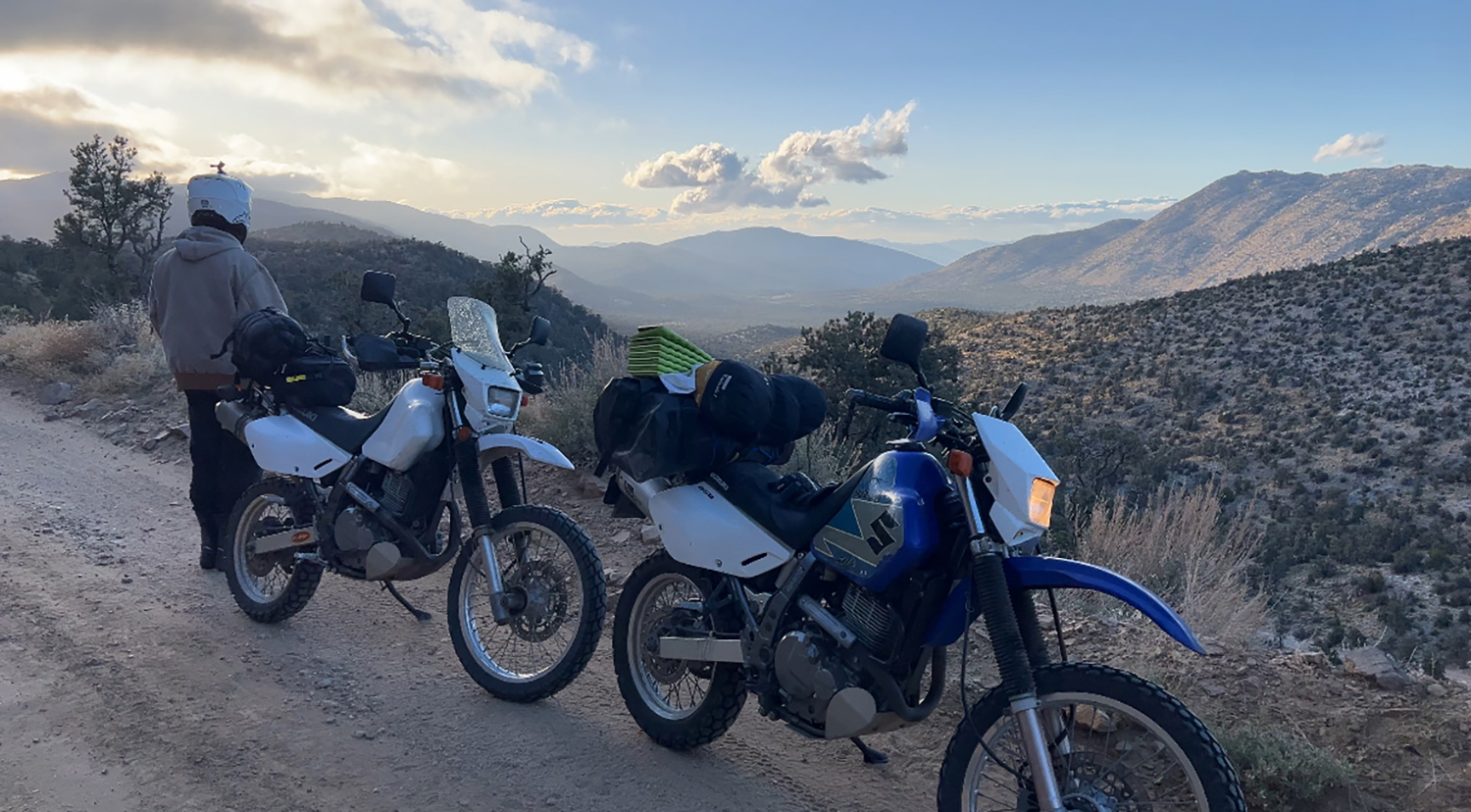
Heat Management and Hydration Systems
Desert heat kills motorcycles and riders with equal efficiency. Water-cooled engines handle extreme temperatures better than air-cooled systems, but even they require additional protection. Install radiator guards and consider an auxiliary oil cooler for sustained high-temperature riding. Pack a minimum of one gallon of water per person per day, plus emergency reserves. Hydration packs with insulated tubes prevent water from reaching scalding temperatures, while electrolyte replacement tablets combat heat exhaustion more effectively than plain water. Cooling towels soaked in water provide immediate relief during fuel stops. Never ride without backup water sources—desert springs marked on old maps frequently run dry.
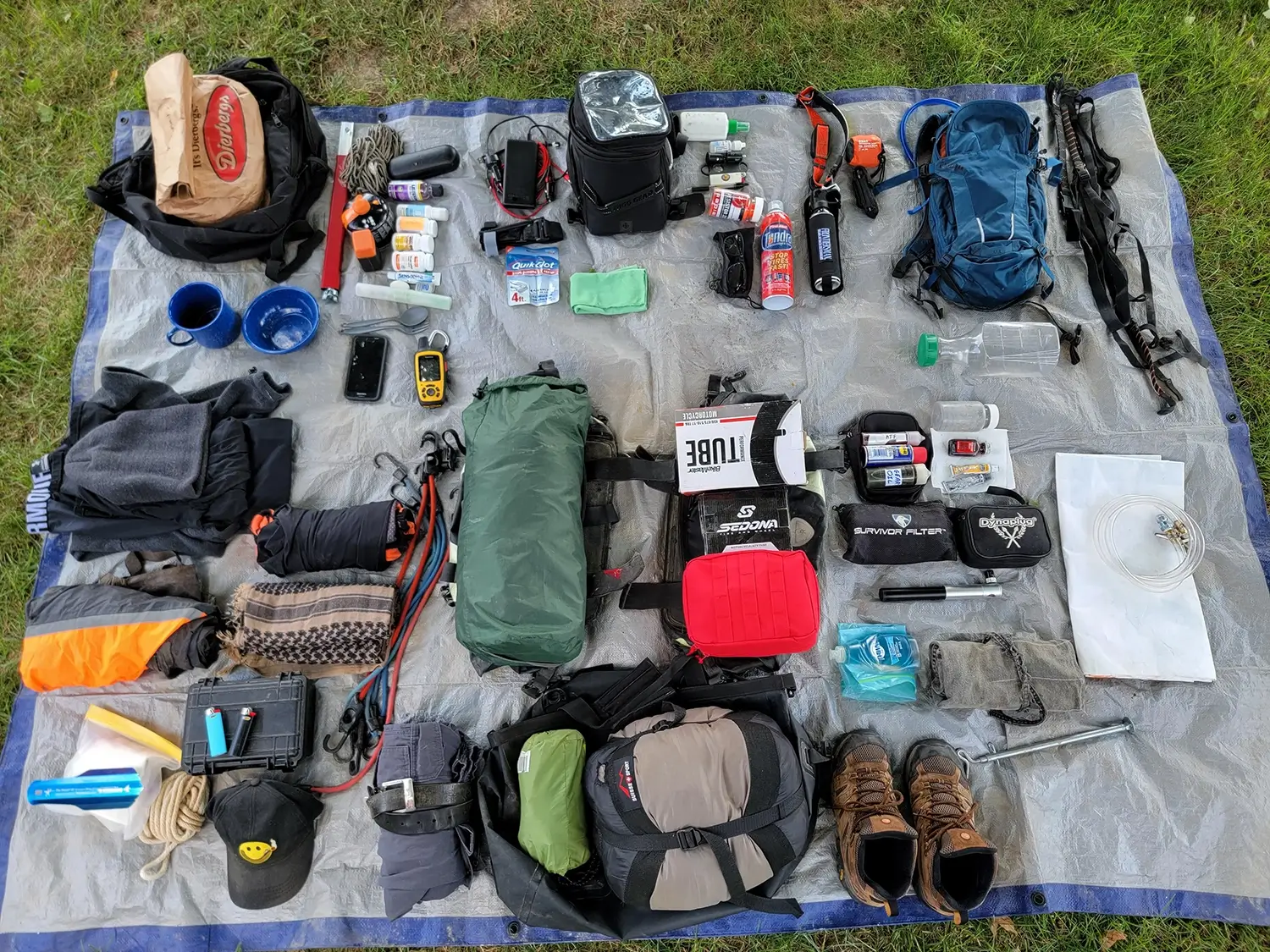
Motorcycle Protection and Modifications
Sand and rocky desert terrain destroy unprotected motorcycles through abrasion and impact damage. Essential armor includes heavy-duty skid plates covering the engine cases, radiator guards preventing punctures from flying debris, and robust handguards protecting levers and controls. Lower tire pressure to 12-15 PSI for improved traction in sand, but carry a portable compressor for road sections. High-profile front tires like the Shinko 90/100 "fatty" help maintain steering control in loose sand. For sustained dune riding, paddle tires on the rear wheel provide necessary traction. Install frame sliders and engine case guards—even experienced riders dump bikes regularly in challenging terrain.
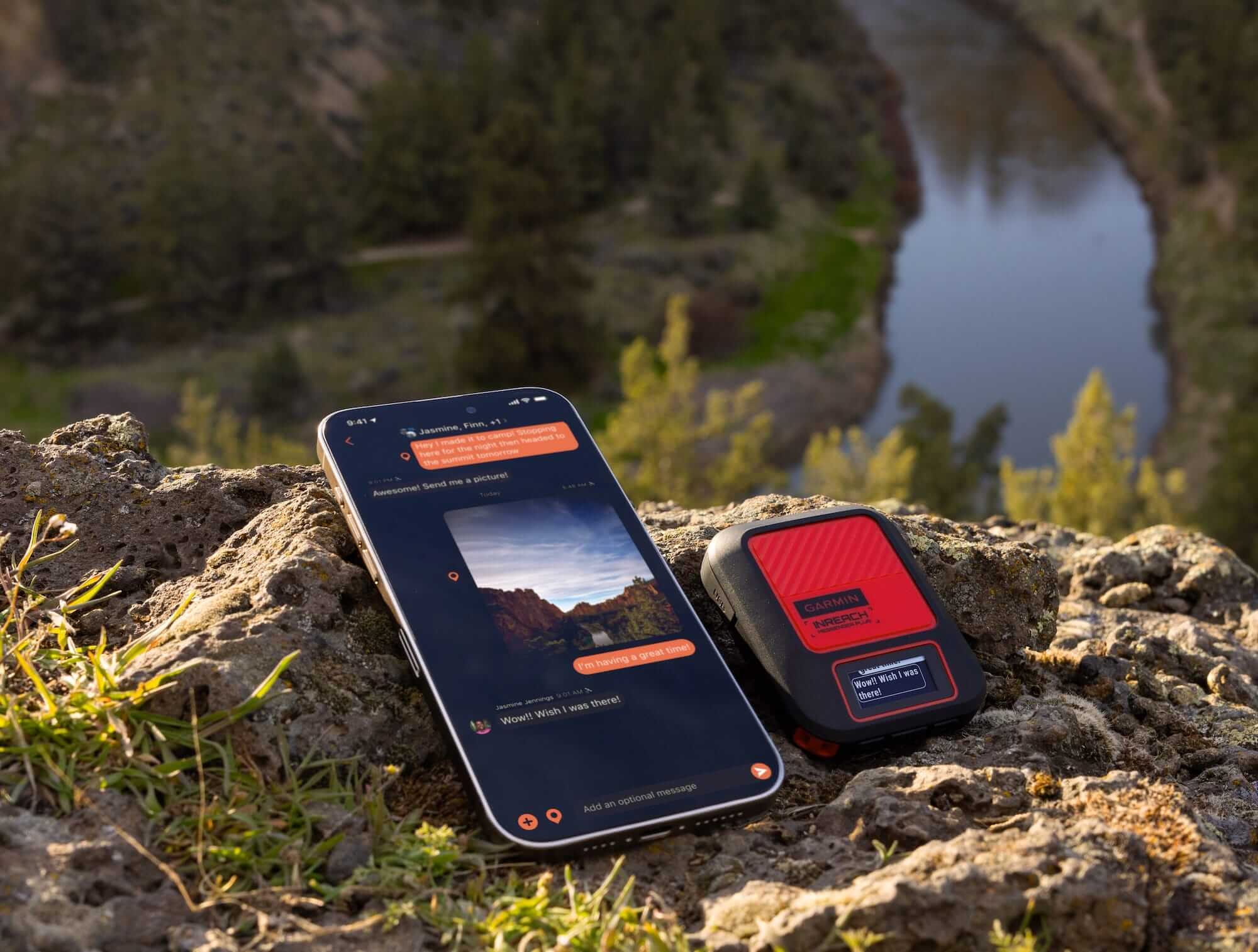
Navigation and Emergency Communication
GPS devices fail when batteries die or screens crack from heat and vibration. Carry detailed paper maps of your riding area from the U.S. Geological Survey and know how to use them with a quality compass. Download offline maps to your phone as backup, but don't rely solely on digital navigation. Satellite communicators like Garmin inReach or SPOT devices provide emergency communication when cell towers disappear—often within 20 miles of major highways in desert regions. Personal locator beacons (PLBs) offer last-resort rescue signaling for true emergencies. Mark waypoints for fuel stops, water sources, and camp locations before losing GPS signal in remote canyons.
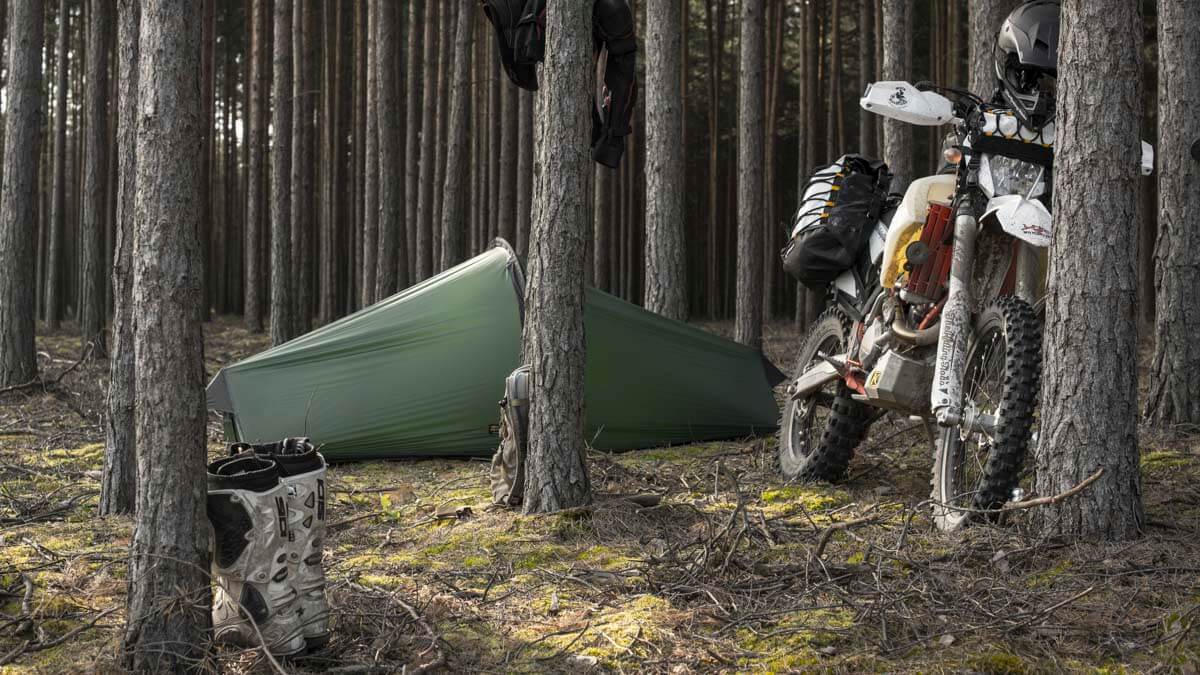
Shelter and Sleep Systems for Extreme Conditions
Desert camping means dealing with temperature swings from 100°F+ during the day to near-freezing at higher elevations during winter months. Four-season tents handle wind better than three-season models, and full rain flies provide crucial shade during setup. Avoid dark-colored gear that absorbs excessive heat. Ground pads with high R-values insulate against cold desert floors that can drop 40 degrees below air temperature at night. Sleeping bags rated for 20 degrees below expected nighttime lows account for elevation changes and unexpected weather. Compact camp chairs save your back after long days on rough terrain—comfort directly impacts your ability to ride safely the following day.

Dust Protection and Filtration
Desert dust penetrates everything and can destroy engines, electronics, and bearings within hours. Pre-oiled foam air filters work better than paper filters in dusty conditions, and carrying spares allows daily cleaning without downtime. Seal electronics in waterproof cases—desert dust is as destructive as rain. Chain maintenance becomes critical; apply chain lube twice daily and carry extra supplies. Dust masks protect your respiratory system during windy conditions or when following other riders. Goggles with foam gaskets seal better than glasses with gaps. Pack your sleeping gear in waterproof stuff sacks to prevent dust contamination—nothing ruins sleep like gritty bedding.
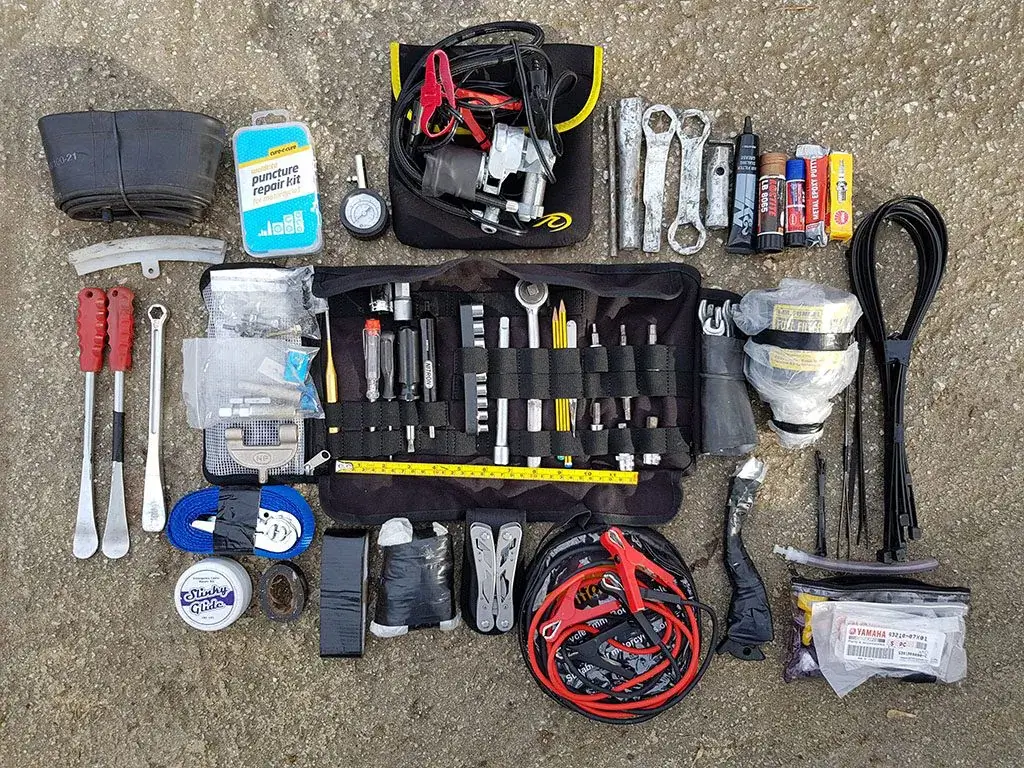
Tool Kit and Mechanical Spares
Remote desert locations can be hundreds of miles from the nearest dealership, making self-sufficiency essential. Pack tire repair supplies including heavy-duty patches, tire irons, and CO2 cartridges or a 12V compressor. Carry spare tubes even with tubeless tires—sidewall damage from sharp rocks often can't be plugged. Include basic tools matching your bike's fasteners, spare fuses, bulbs, and electrical tape. A small bottle of penetrating oil helps with seized bolts after dust exposure. Document your bike's torque specifications and maintenance intervals on waterproof cards. Zip ties, duct tape, and wire solve countless trail-side repairs temporarily.
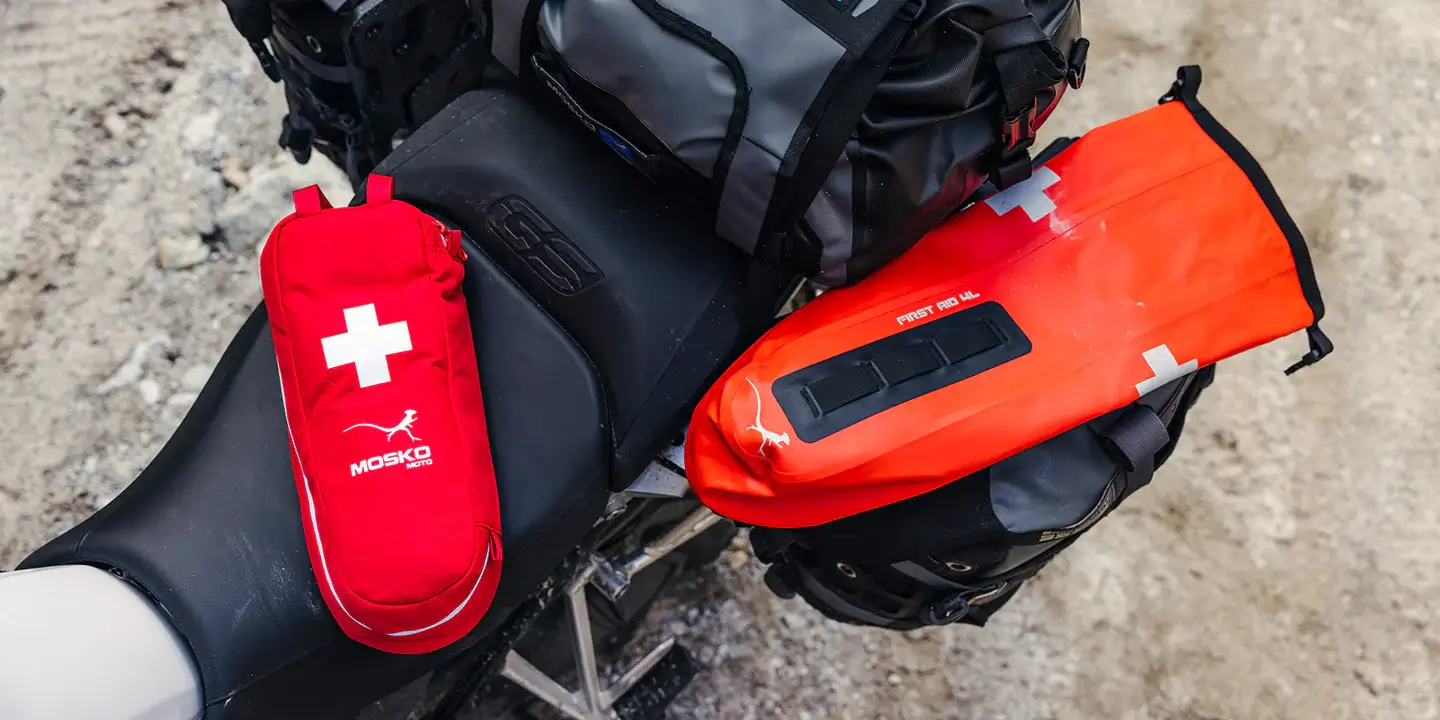
Emergency Survival and Medical Supplies
Desert environments turn minor injuries into serious problems due to heat, isolation, and limited resources. Pack a comprehensive first aid kit including burn gel, wound irrigation, pain medication, and any prescription drugs. Emergency shelter like space blankets or bivy sacks protect against unexpected weather changes. Carry emergency food for at least 48 hours beyond your planned return—energy bars won't melt in extreme heat like chocolate. Fire-starting supplies including waterproof matches and tinder help signal rescuers. Emergency whistles carry farther than voices in open terrain. Include sunscreen rated SPF 30 or higher and apply it hourly—desert UV exposure at elevation causes severe burns within minutes.
Desert motorcycle touring demands respect for the environment and meticulous preparation. Every piece of gear serves multiple purposes and must withstand extreme conditions. Pack conservatively, ride within your limits, and always inform others of your planned route and return time. The Southwest's vast open spaces reward prepared riders with unmatched freedom and stunning landscapes that few people ever experience from a motorcycle seat.
